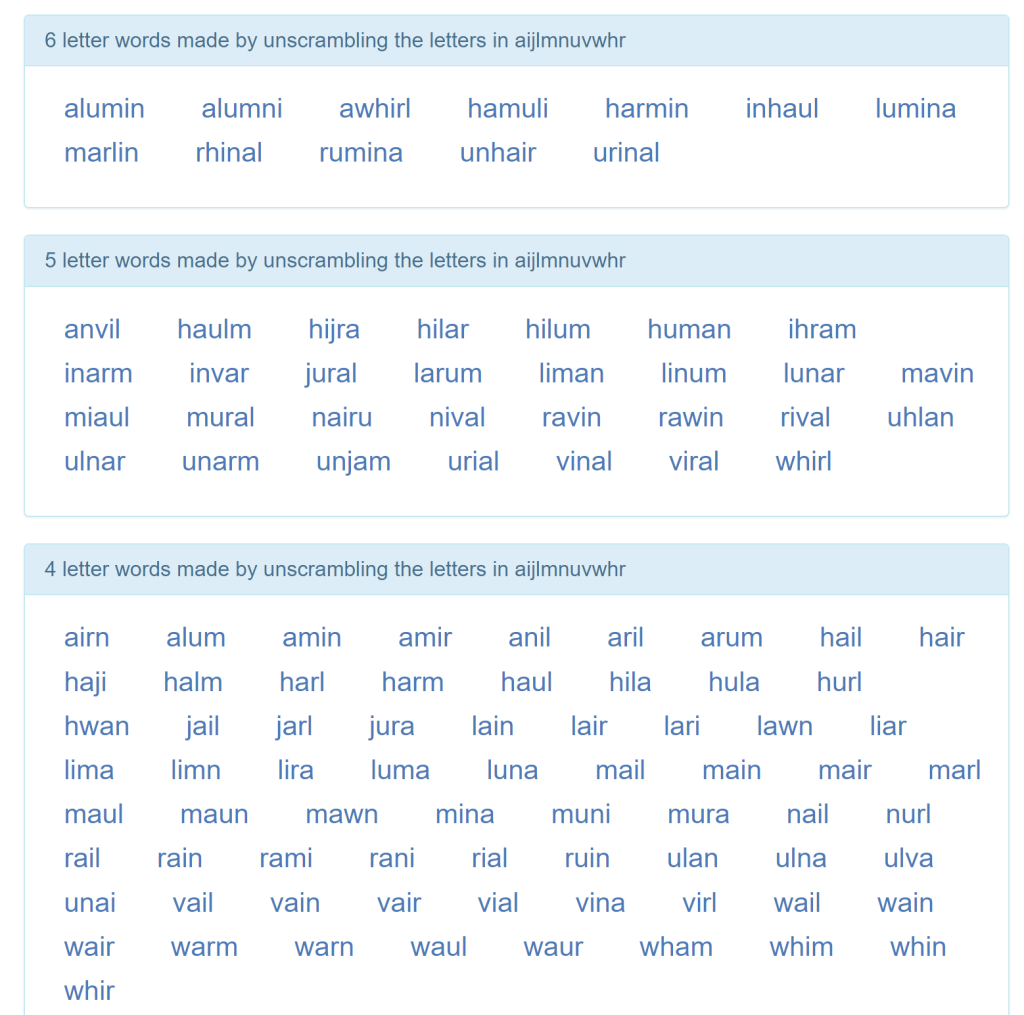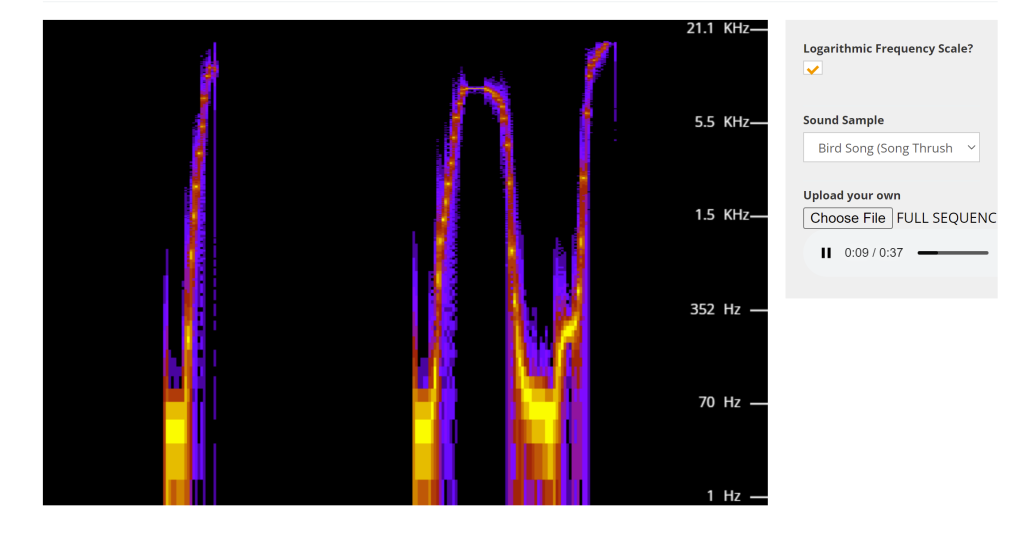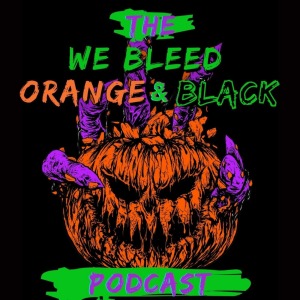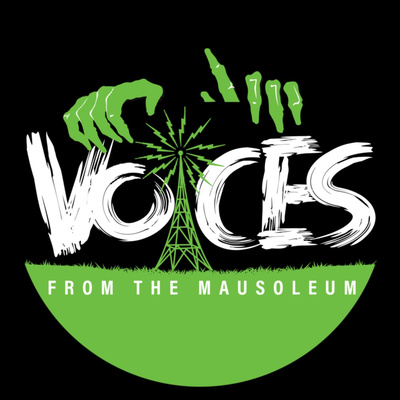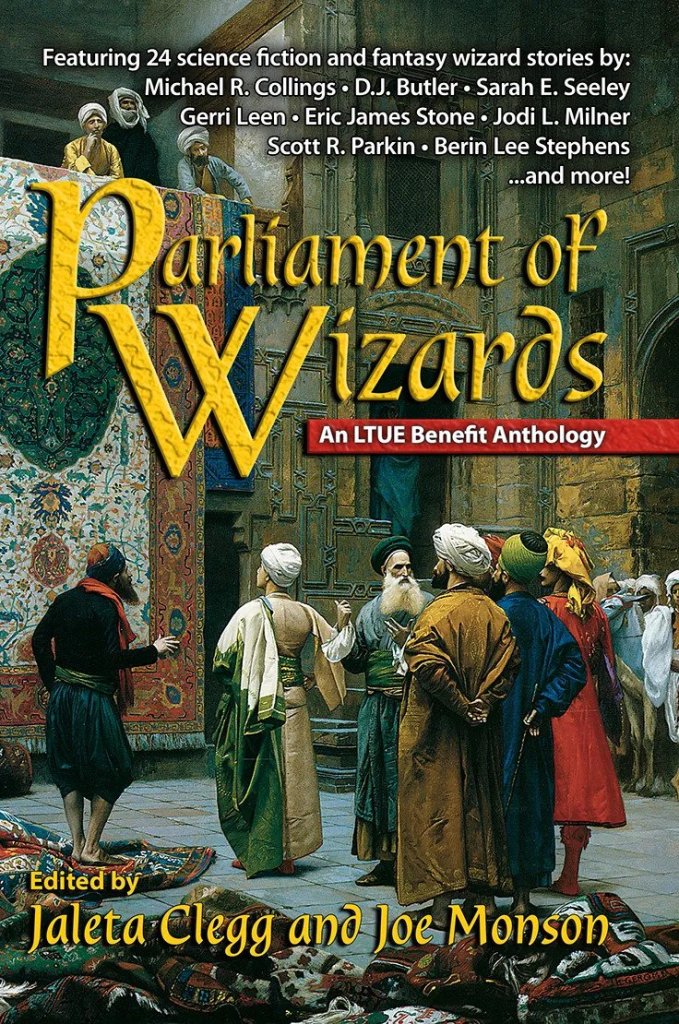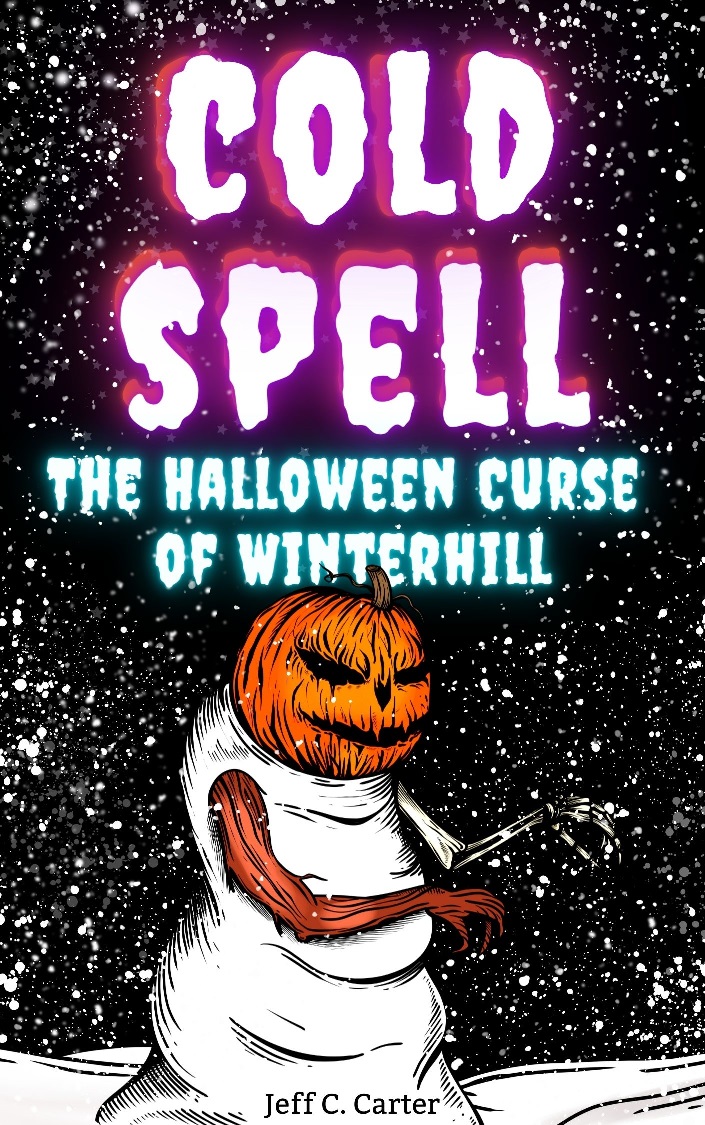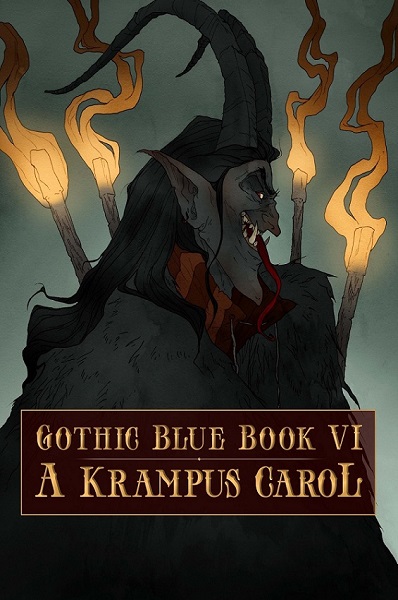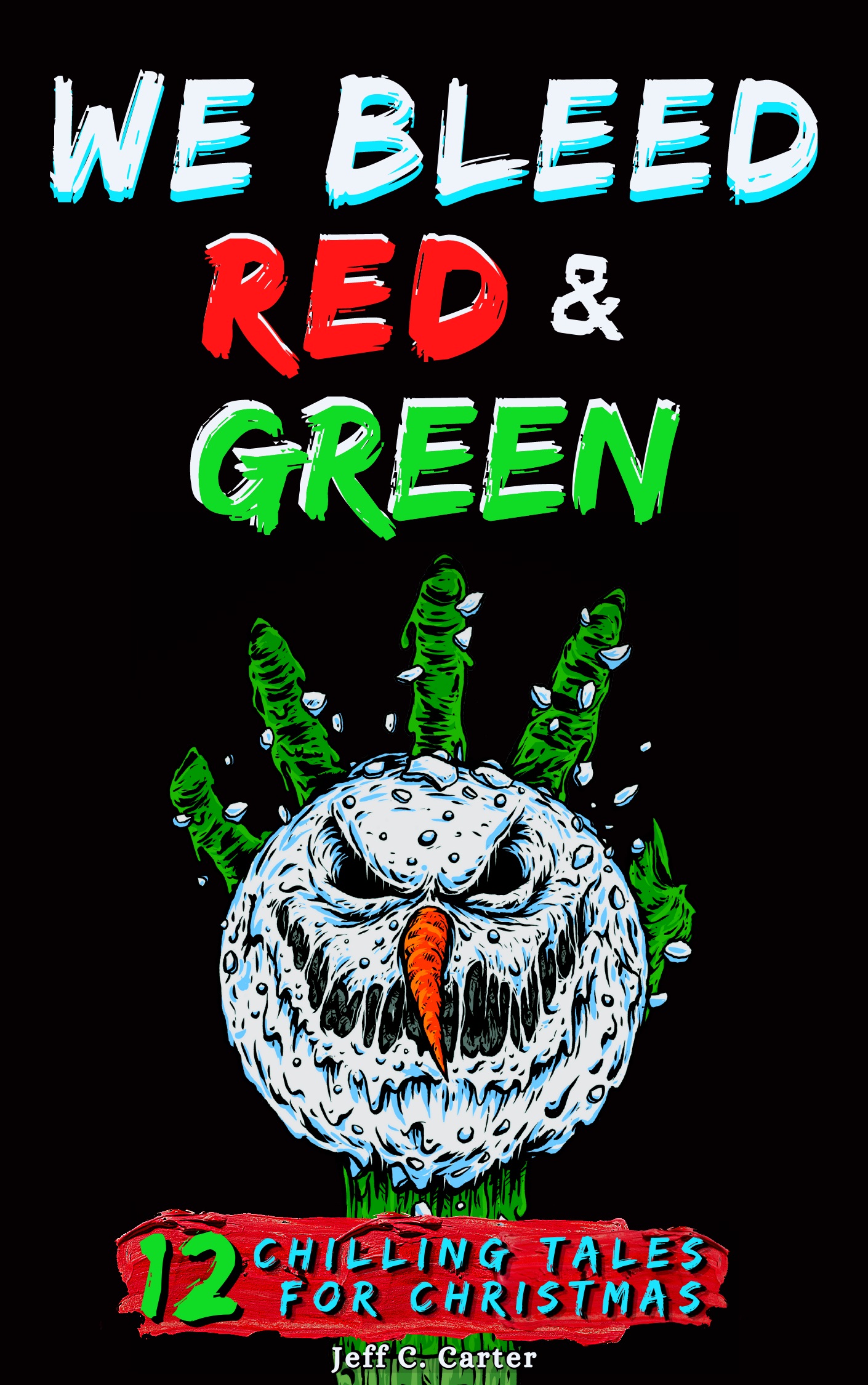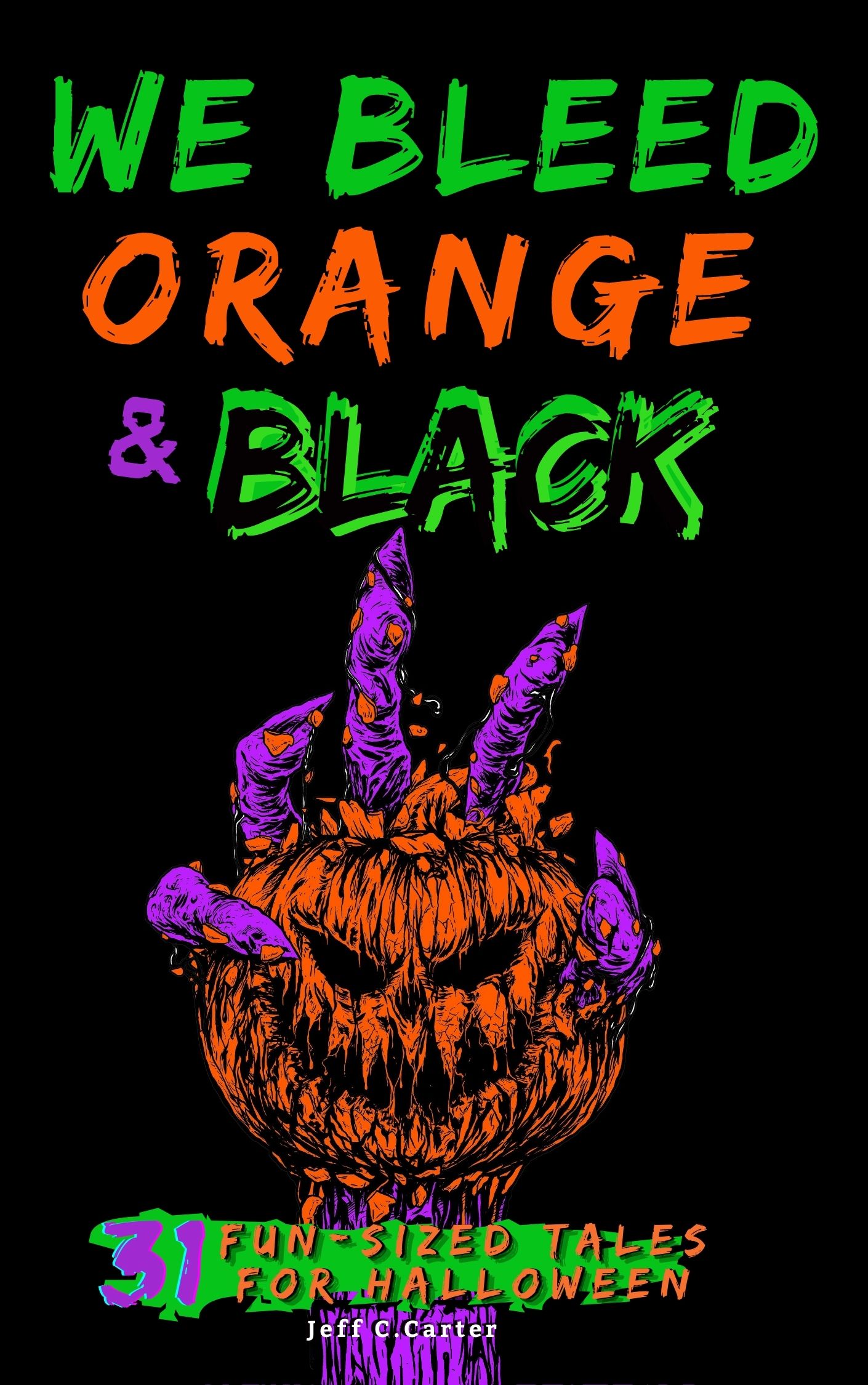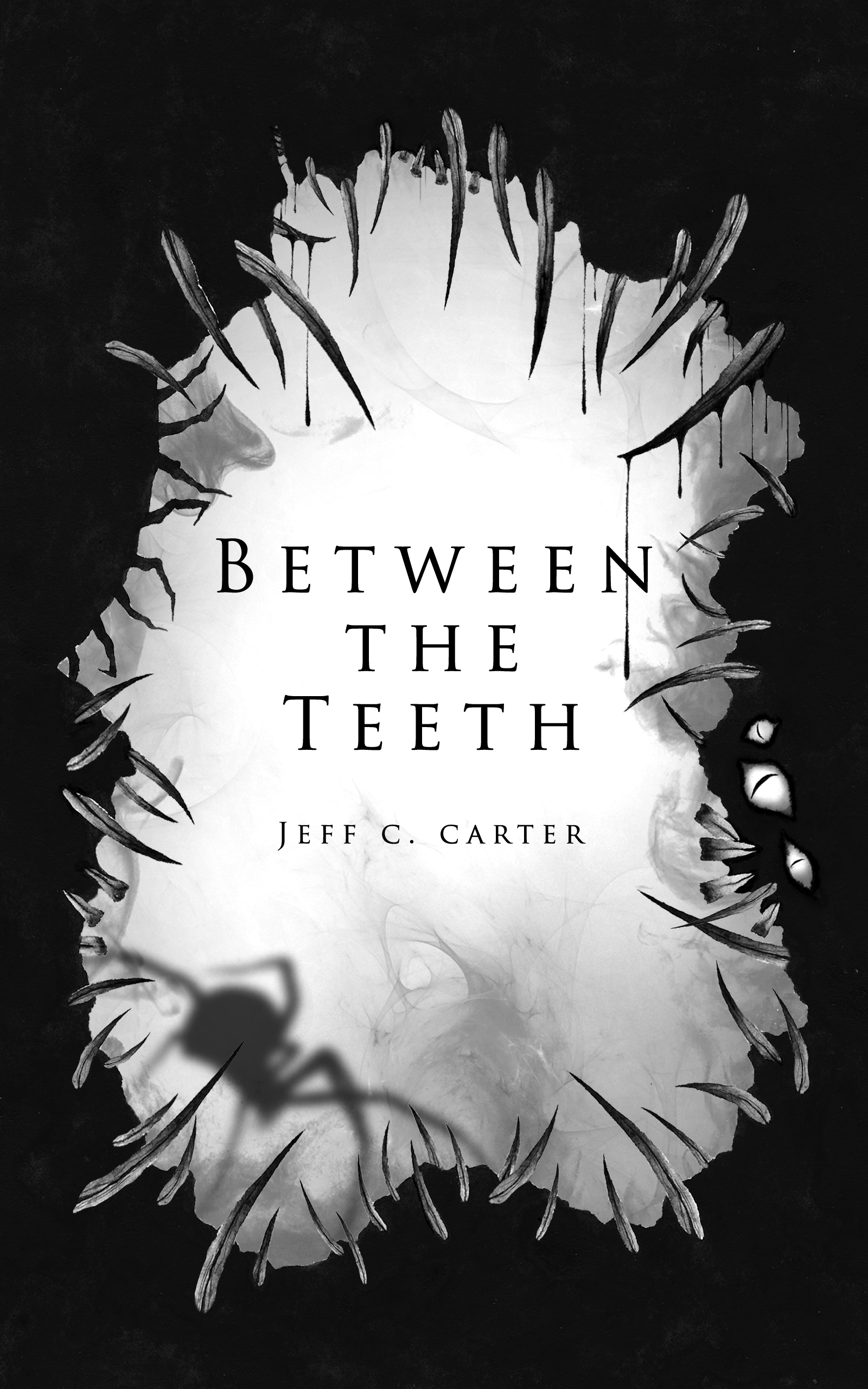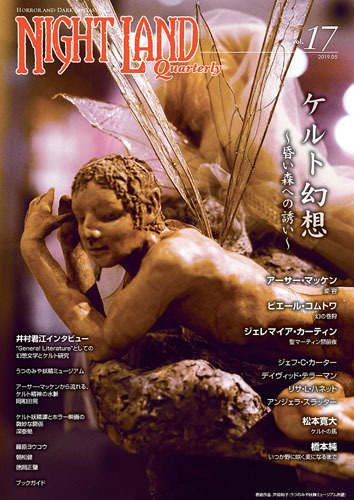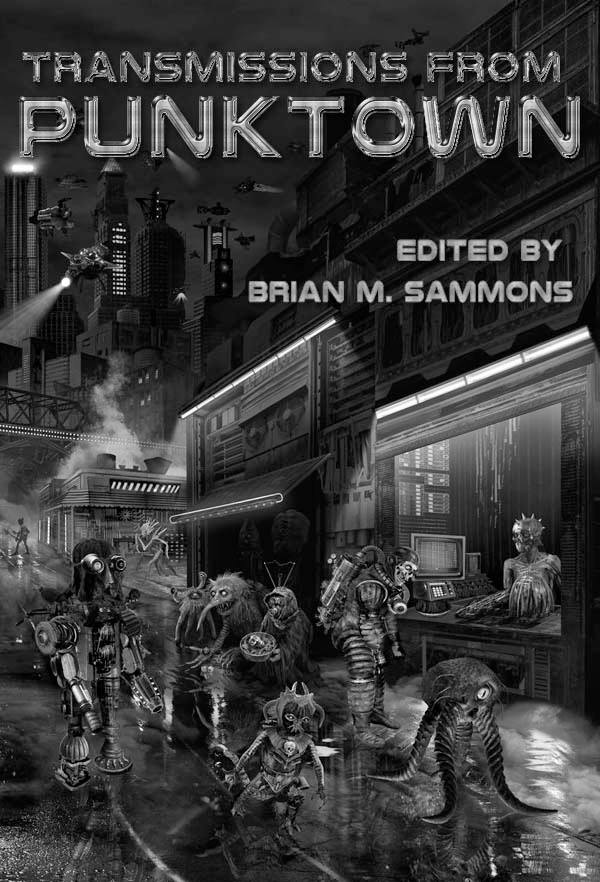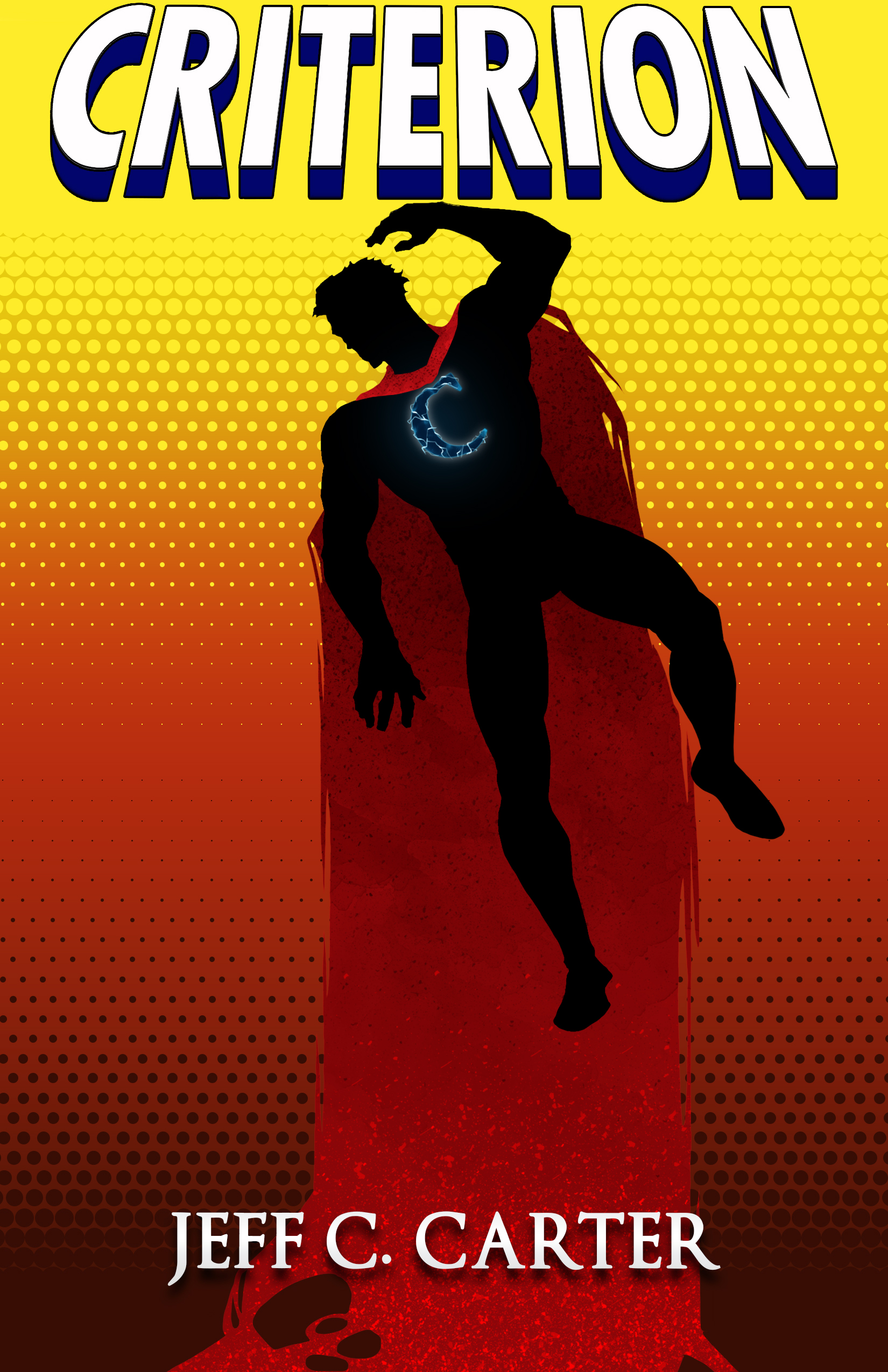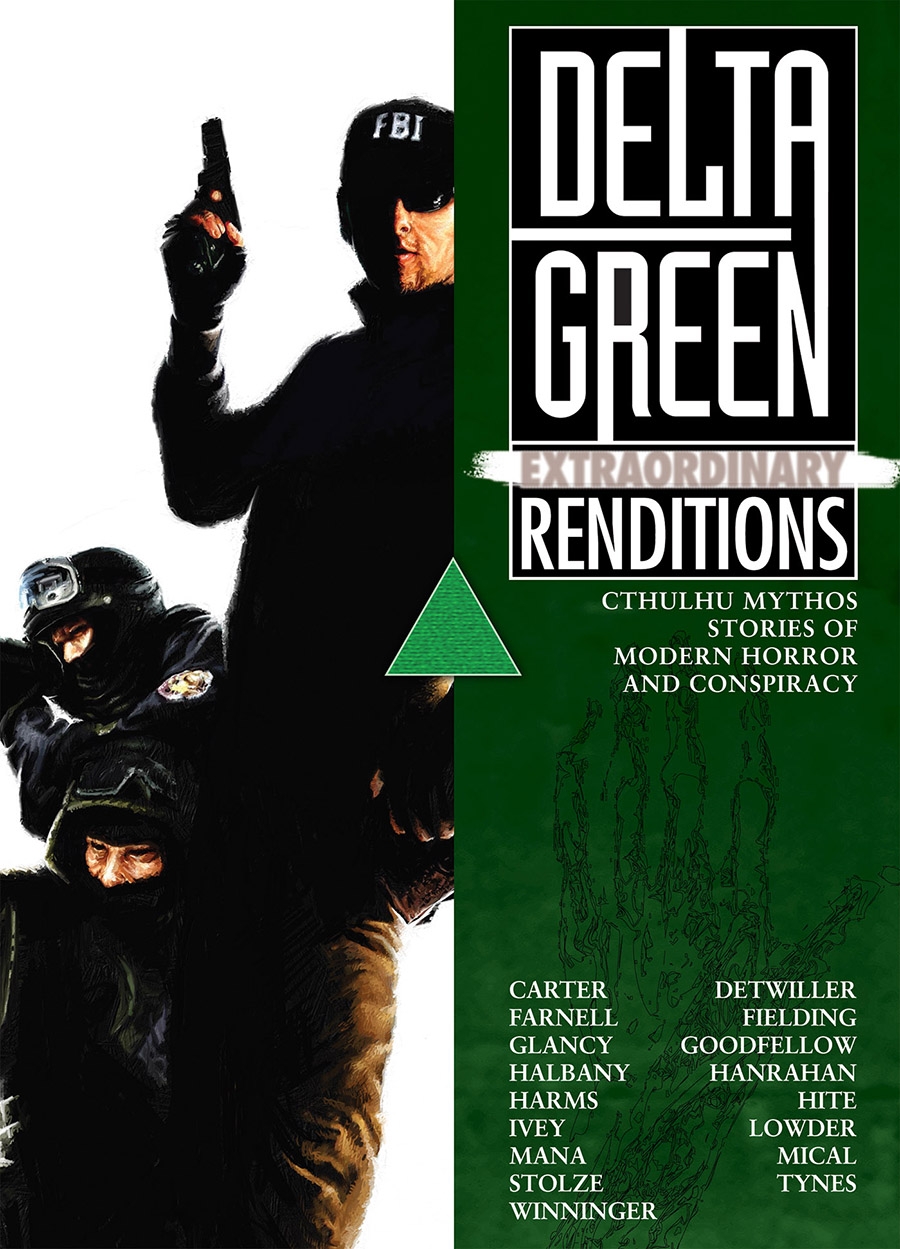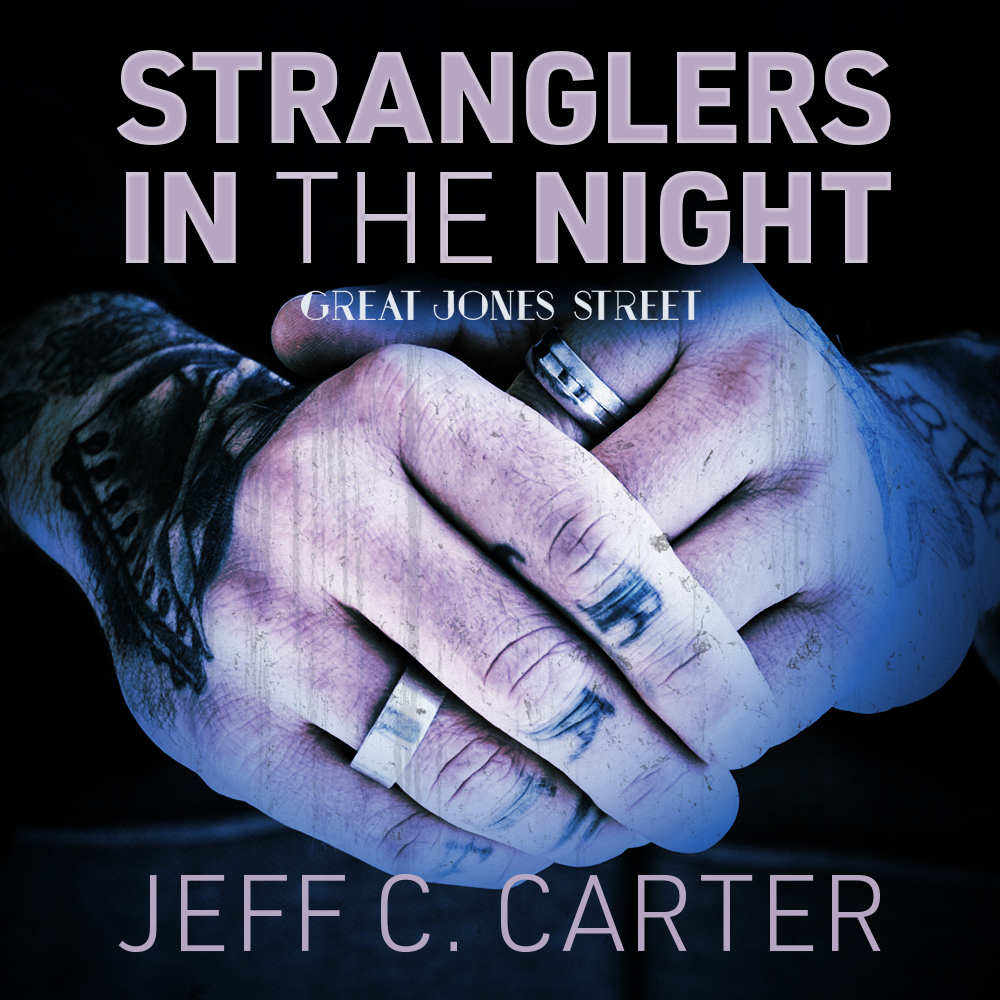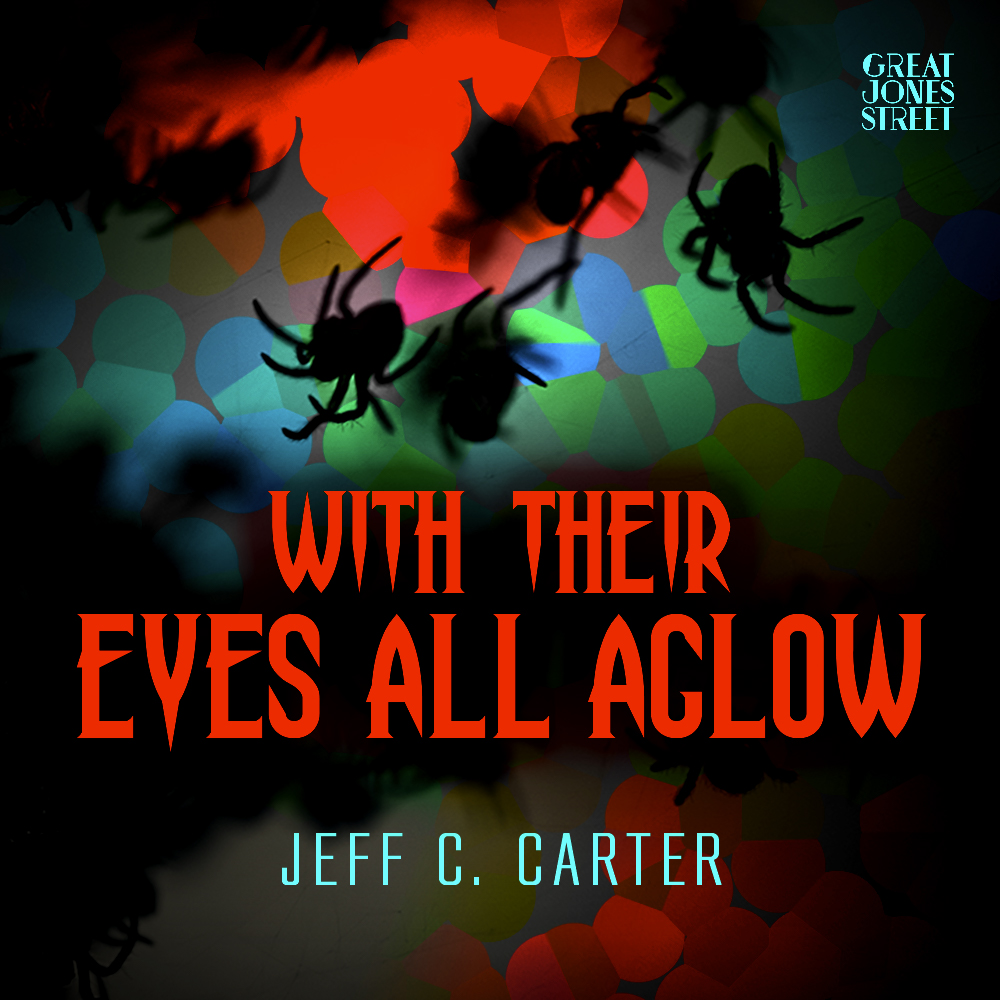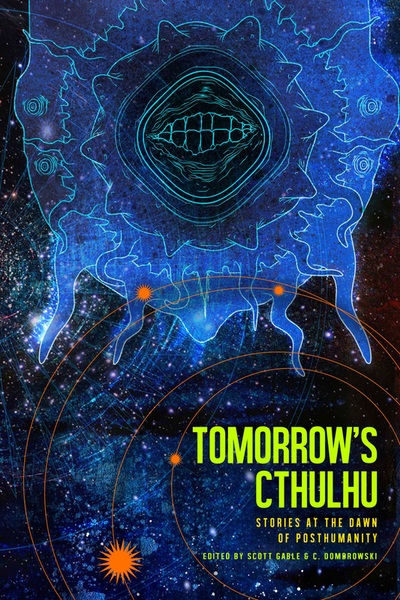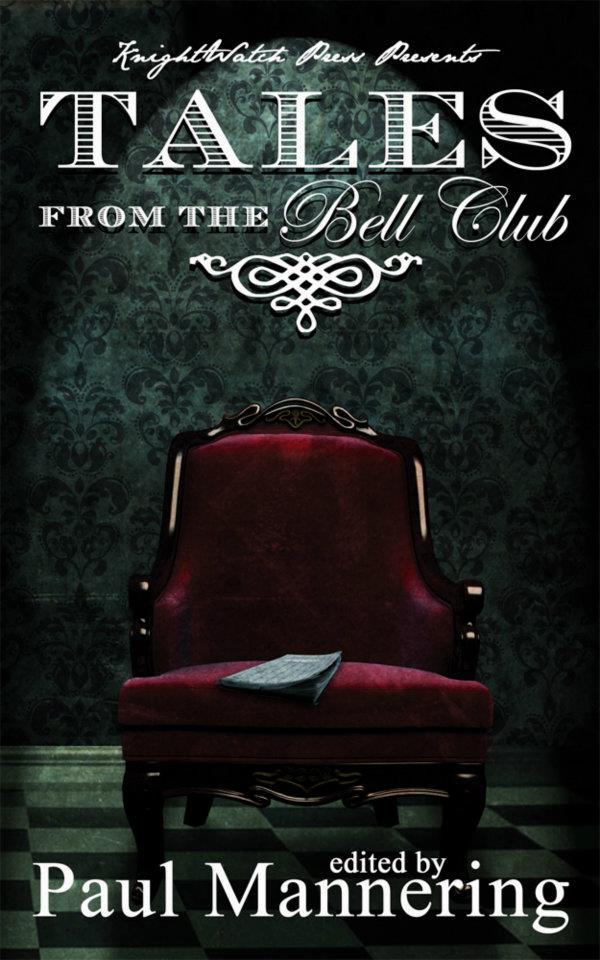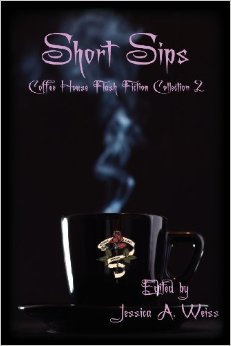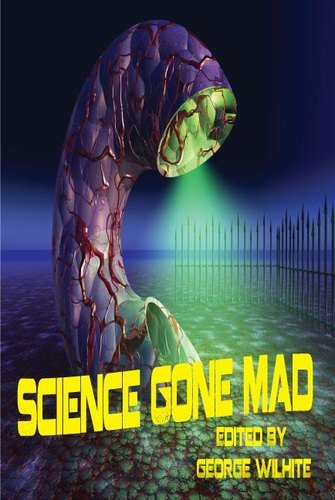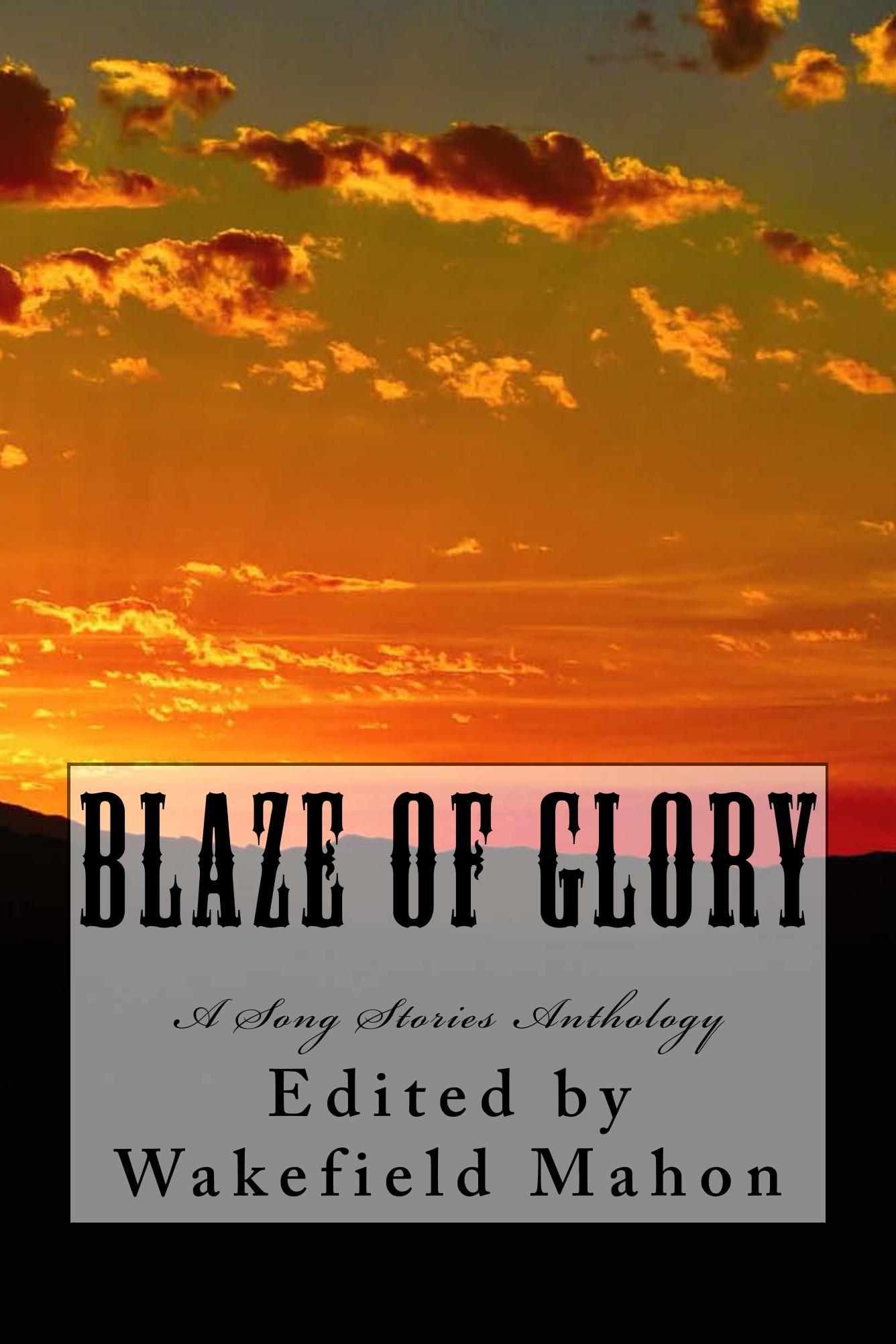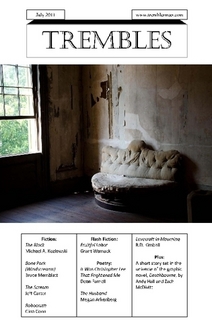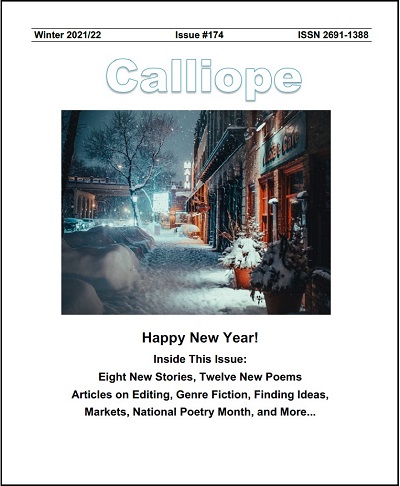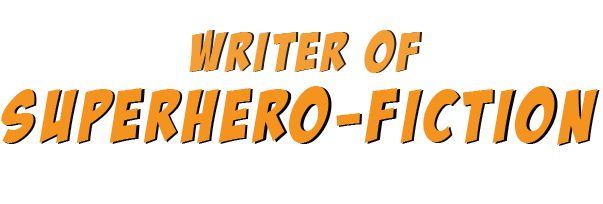My gaming group started during the pandemic, so we’ve never actually played a session in person. We rely on Roll20, Google Meet, and email. These tools affect the quality of the games – we’re not gathered around a table with miniatures, graph paper and chips, but we’re not in a video game either. Much of what I need to run this hybrid sort of game is custom made, and I try to take advantage of anything I can share in an internet browser.
Experiments With Google has a huge, ever-changing variety of things to explore. I was immediately inspired by the Chrome Music Lab. The Spectrogram allows you to play with sound. You can even use the finger button to draw new sound waves with your mouse to see how they looked and sounded.
I decided I would use this to make an original puzzle. It was complicated – so bear with me.
PHASE ONE
I wanted to create a cypher with audio cues. How to best exploit the Spectrogram?
A quick click made a blip and a long click made a beep, but I wanted something more ambitious than Morse Code. I started by making as many distinct shapes as I could with the variables available. I am not an audio engineer, but these were the basic qualities I found:
Pitch: High, Medium, Low
Vector: Rising, Falling, Flat
Soundwave Shape: Peak, Valley, Down Slide, Up Slide, Double/Triple/Quadruple etc, Dots, Dashes, Plateaus, Stair Case Up, Stair Case Down, and Ziggurat (stair case up and down).
I marked these down with notation that matched the shapes. Peak = ^ , Valley = V , Down Slide = \ , etc.
Using every possible combination could have generated a very long list, but that would be no fun for my players (“Was that a medium pitch down slide or a low pitch down slide? Fifteen or sixteen dashes?”). I limited my lexicon to one page of distinct sounds and combinations.
Here it is:
Yes: * * (2 high pitched dots)
No: \ (Down Slide)
Stop: V (Valley)
Go: ^ (Peak)
Sun: –
(1 high pitched dash)
Moon: – – (2 medium dashes)
Day: – – –
(3 high pitched dashes)
Night: V V (2 Valleys)
Flee: ^ ^ ^ (3 Peaks)
Hide: ……. (7 low dots)
Door: ^ * * (Peak + 2 high pitched dots)
Sleep: \ _ _ _ (Down Slide + 3 low pitched dashes)
Eat: _
/ \ (Plateau)
Find: / (Up Slide)
Help: V – V (Valley + Medium dash + Valley)
Now I needed to create some simple messages. My grammar was limited, but these were clues for the quest – they could provide some information and still remain cryptic. I composed three messages, starting with a single word to warm up my players, increasing the challenge as I went.
Can you decipher them?
Message 1: V – V
Message 2: ^ / – –
Message 3: V \ _ _ _
– – – ^ * *
/
Here are the answers with plain text notation:
Message 1: Help (Valley + Medium Dash + Valley) V – V
Message 2: Go Find Moon (Peak, Up Slide, 2 Medium dashes) ^ / – –
Message 3: Stop Sleep (Valley, Down Slide +3 Low pitched dashes) V \ _ _ _
Find Day Door (Up Slide, 3 High Pitched dashes, Peak + 2 High Pitched Dots)
– – – ^ * *
/
Okay, but…how do I make those sounds?
This was the tricky part. During the game session I ‘shared a tab’ in our Google Meet video conference with the Spectrogram in the browser. Then I tried to use the finger button to make the proper sound waves in real time. It took a bit of practice, it wasn’t perfect….but it worked!
My players were able to match what they heard to the lexicon and decipher the messages.
Now it was time to get really ambitious.
PHASE TWO
While experimenting with the sound waves, I wondered if I could draw letters from the alphabet directly into the Spectrogram. It was possible, but there was a catch: The sound waves were constantly moving forward, so I could only render letters that did not turn back on themselves. Things like ‘O’ and ‘T’ were impossible, at least by hand.
Using both capital and lower case letters, here is what I was able to recreate:
Uppercase: A I J L M N U V W
Lowercase: h , r
Was that anything? What could I spell in the Spectrogram?
JAIL, rUN, hAIL, rAIL, MAN, LAIr, AIr, WAr…hmm, this could work.
I plugged all the letters into an online Scrabble word finder and came up with a decent list of words.
Drawing lengthy messages one letter at time without making mistakes, however, was not going to be easy. I wanted to break the task into one word at a time. Since I wouldn’t be doing it live during the session, I would have to record the words. Unfortunately, the Chrome Music Lab Spectrogram doesn’t have that function.
Lucikly, there is a Chrome Audio Capture extension. It was free, installed easily, and allowed me to record my best attempts at hand drawing each word right in my browser.
Once I had my word files, I needed to combine them into messages. For that, I used the free audio editing program Audacity. I’m not very good at it, but it wasn’t hard to open the first file, import the next word, copy and paste, and so on.
Now I had three messages that would spell out words inside a spectrogram. Following the pattern, I made the first one simple and made the challenge progressively harder from there.
There was another problem – the Chrome Music Lab Spectrogram doesn’t allow you to plug in your own sound files…but this one at Academo does!
At first glance my messages just looked like the spikes and blips of a random soundwave, but when I clicked the ‘Logarithmic Frequency Scale?’ box my signal was boosted and voila! Scrolling letters in vibrant color! I couldn’t wait to share this tab with my players in our next game session.
My players were stumped.
They listened to the sounds and stared at their old symbolic lexicon, ignoring the words scrolling by on the screen.
It took a few hints, but they eventually looked up and discovered all of the new messages, even the perplexing ‘JAM hAIr IN hUMAN URINAL‘.
Listen to the sound: https://archive.org/download/full-sequence-3/FULL%20SEQUENCE%203.mp3
(Feel free to save the MP3 and try for yourself)
My mistake, of course, was in switching up the cypher. First I gave my players tools and built their competence with them, then I presented a new puzzle that seemed like it would fit the old tools. I believe that a little confusion is okay with puzzles. Sometimes I’ll even let frustration set in, if I think it will payoff with a bigger ‘ah-ha’ moment.
If you are interested in using the Spectrogram puzzles in your own game, I would suggest sticking with just Phase One or Phase Two. If you are going to present them both, you may need to take extra care to signal that the second puzzle works differently.
I hope these on-line tools inspire you to enhance your own distanced gaming sessions!


